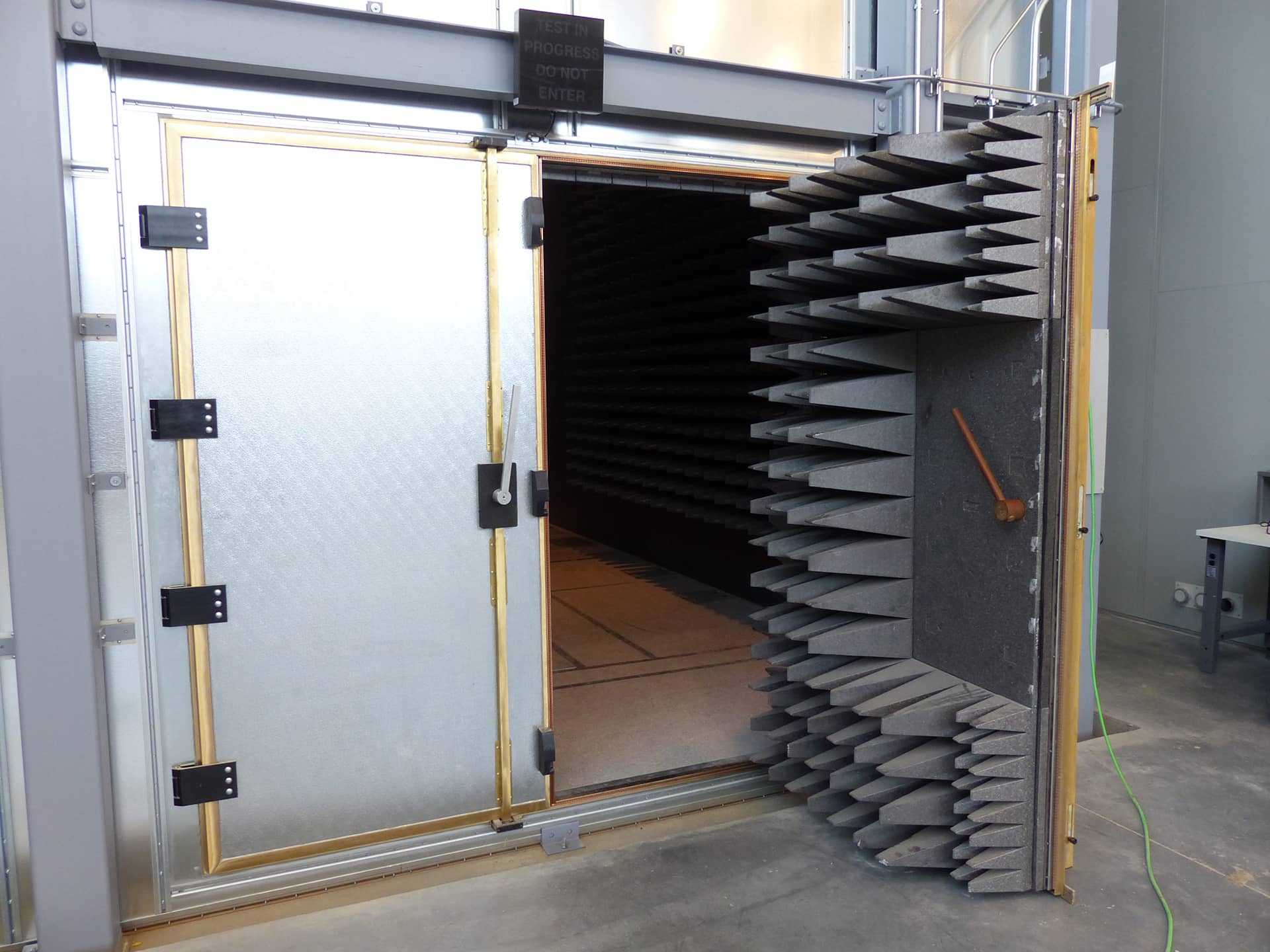Checking Out the Flexibility of Protected Test Rooms in Various Digital Testing Scenarios
In the world of digital screening, the importance of shielded test rooms can not be overstated. From electromagnetic compatibility testing to signal stability assessments and past, shielded test enclosures provide a degree of accuracy and control that is important in today's complicated electronic landscape.
Importance of Shielded Test Units
The significance of secured test enclosures in digital testing can not be overemphasized because of their crucial role in guaranteeing reliable and exact examination results. Shielded test units offer a regulated testing atmosphere by protecting against exterior electro-magnetic disturbance from affecting the efficiency of electronic tools under test. This shielding is important for preserving the stability of the screening process, especially when managing delicate components or signals that can be conveniently influenced by external elements.

Fundamentally, the significance of secured examination rooms exists in their capacity to develop an interference-free and stable testing setting, eventually adding to the accuracy, integrity, and integrity of electronic testing procedures.

Applications in Electromagnetic Compatibility Testing
With the fundamental duty of protected test rooms in making certain reputable and exact electronic testing end results established, their application in electromagnetic compatibility screening becomes a vital facet in verifying the durability of digital devices against outside electro-magnetic disturbance. In electromagnetic compatibility testing, shielded examination units play a crucial duty in creating regulated testing environments that simulate real-world electro-magnetic problems. By isolating the tool under test from exterior electromagnetic signals, these enclosures allow engineers to examine the gadget's efficiency under varying electromagnetic interference levels properly. Secured examination enclosures help in identifying potential vulnerabilities of digital gadgets to electromagnetic disturbance and permit for the implementation of essential design alterations to enhance their electromagnetic durability - faraday cage rochester. These rooms aid in conformity testing with governing standards connected to electromagnetic compatibility, making sure that digital gadgets satisfy the called for electro-magnetic emission and immunity degrees. Generally, protected examination units are important tools in electro-magnetic compatibility testing, giving a controlled setting for accurate assessment and validation of digital devices' resilience versus electromagnetic disturbance.
Enhancing Signal Honesty Examining
Just how can protected examination units elevate the accuracy of signal honesty screening in electronic devices? Protected examination units play a crucial role in boosting signal honesty screening by giving a controlled atmosphere that lessens exterior interference and noise. These rooms produce a secured space that isolates the gadget under examination from exterior electro-magnetic fields, ensuring that the signals being gauged precisely represent the tool's true performance.
By minimizing electromagnetic interference, secured test enclosures assist engineers accomplish more accurate and dependable dimensions of signal stability specifications such as surge jitter, crosstalk, and time. This accuracy is important for evaluating the top quality of high-speed electronic signals and guaranteeing that electronic gadgets satisfy sector standards for efficiency and reliability.
Moreover, secured rooms make it possible for designers to mimic real-world operating problems by producing a controlled electro-magnetic environment. This capability is particularly important for signal stability testing in tools that are sensitive to exterior electromagnetic disturbance, such as cordless interaction systems and high-speed information networks.
Versatility in IoT Tool Testing
Convenience plays an essential role in successfully examining IoT tools for their functionality and performance throughout diverse circumstances. IoT gadgets incorporate a vast array of interconnected devices, from actuators and sensing units to complex clever systems. Testing the capability and efficiency of these devices requires useful link a functional approach that can adapt to the various communication methods, regularities, and ecological problems that IoT gadgets run in.
Protected test units supply the adaptability needed for screening IoT devices by supplying a regulated testing atmosphere that can mimic real-world problems while making sure reliable and accurate outcomes. These units can shield versus electro-magnetic disturbance, replicate numerous RF atmospheres, and supply a regulated temperature level and humidity setting, enabling comprehensive screening of IoT tools in different scenarios.
Moreover, the flexibility of secured examination enclosures enables designers to check IoT tools under different network conditions, power levels, and signal strengths, guaranteeing that the devices can execute optimally in varied IoT implementation circumstances. By utilizing protected test enclosures for IoT tool screening, engineers can validate the functionality, efficiency, and integrity of these tools across a variety of real-world conditions, eventually resulting in the development of effective and durable IoT solutions.
Duty in RF and Wireless Testing
Shielded examination units play a critical role in making certain the accuracy and reliability of RF and wireless testing for electronic devices (rf shielded test enclosure rochester). These units supply a separated testing environment devoid of external interference, allowing engineers to gauge real performance of RF circuits and wireless interaction systems. By producing a protected area, these rooms stop signals from getting away and obstruct outside signals from going into, making it possible for precise dimensions and constant outcomes
In RF screening, shielded test enclosures are essential for reviewing the efficiency of antennas, transmitters, receivers, and other RF parts. The controlled atmosphere within the unit helps in identifying the radiation patterns, signal toughness, and regularity response of RF tools accurately. In cordless testing situations, these rooms mimic real-world conditions while making certain that signals continue to be included within the test configuration, without triggering disturbance to external systems.
Conclusion
To conclude, protected examination enclosures play an important role in various electronic testing scenarios such as electro-magnetic compatibility screening, signal integrity testing, IoT tool screening, and RF and cordless screening. Their convenience permits for the reliable and precise screening of electronic devices in controlled environments, guaranteeing ideal performance and performance. In general, protected test enclosures are necessary tools in the area of electronic devices testing, giving a shielded environment for exact measurements and analysis.
